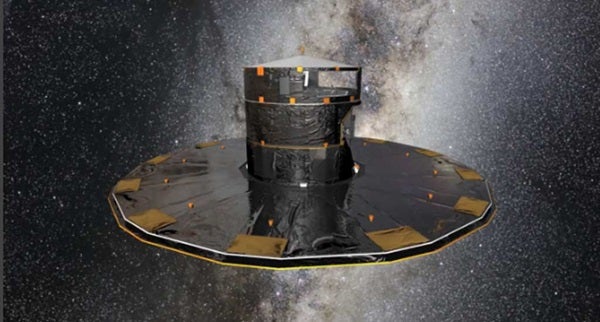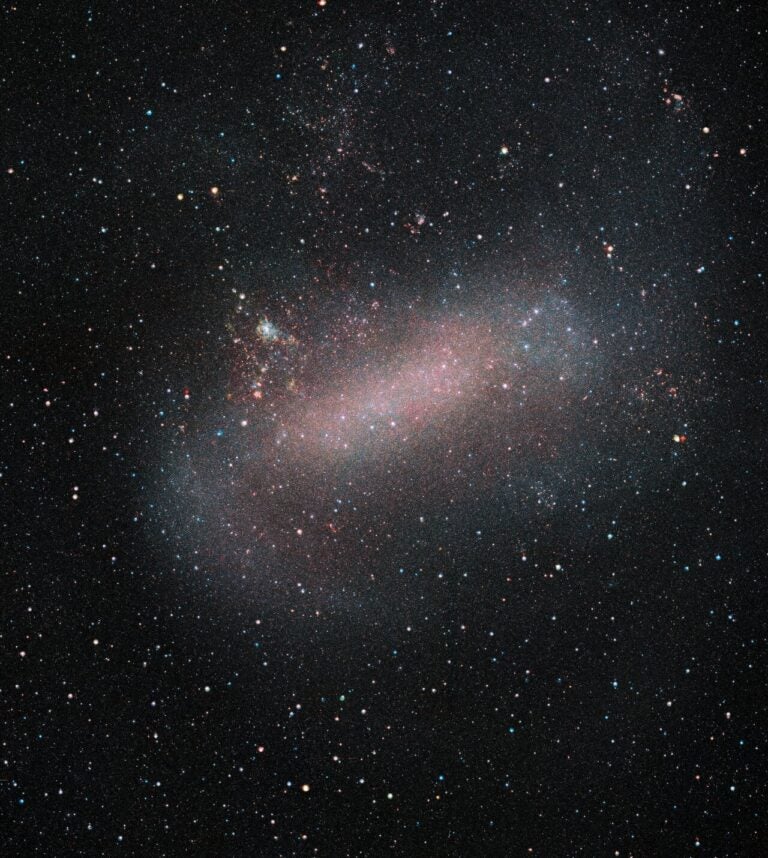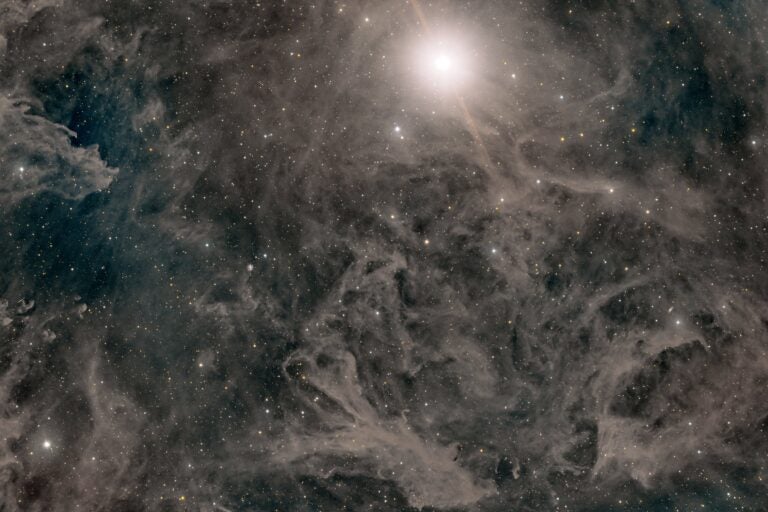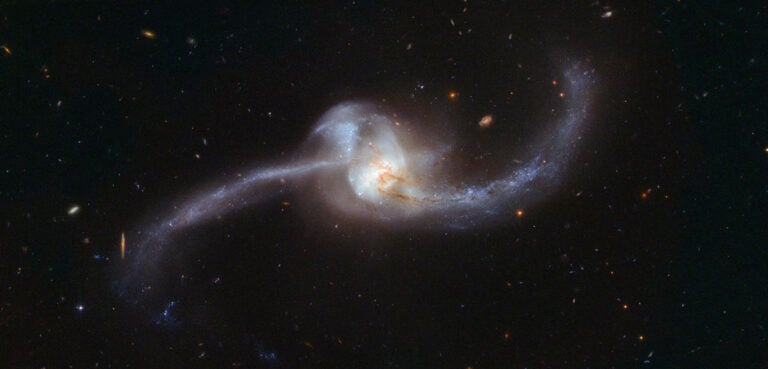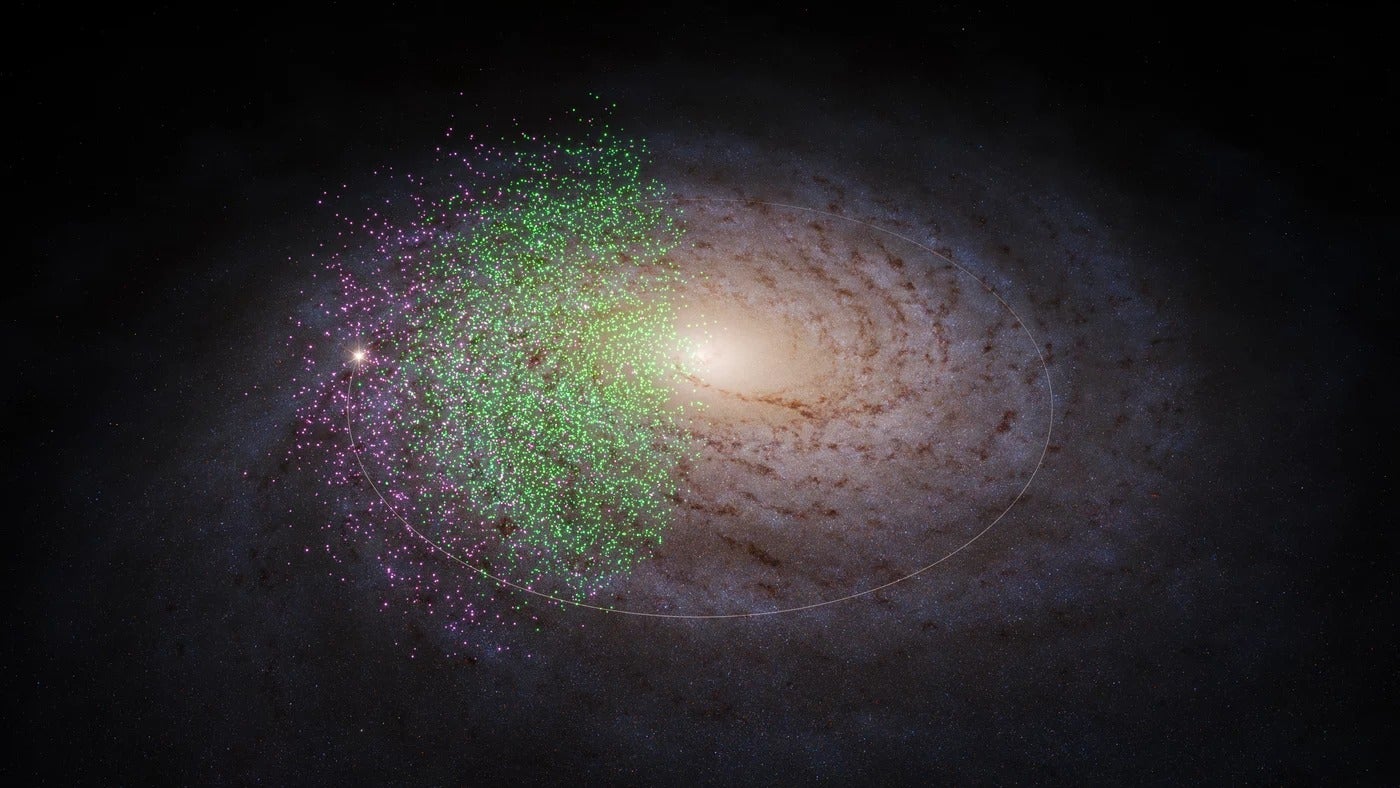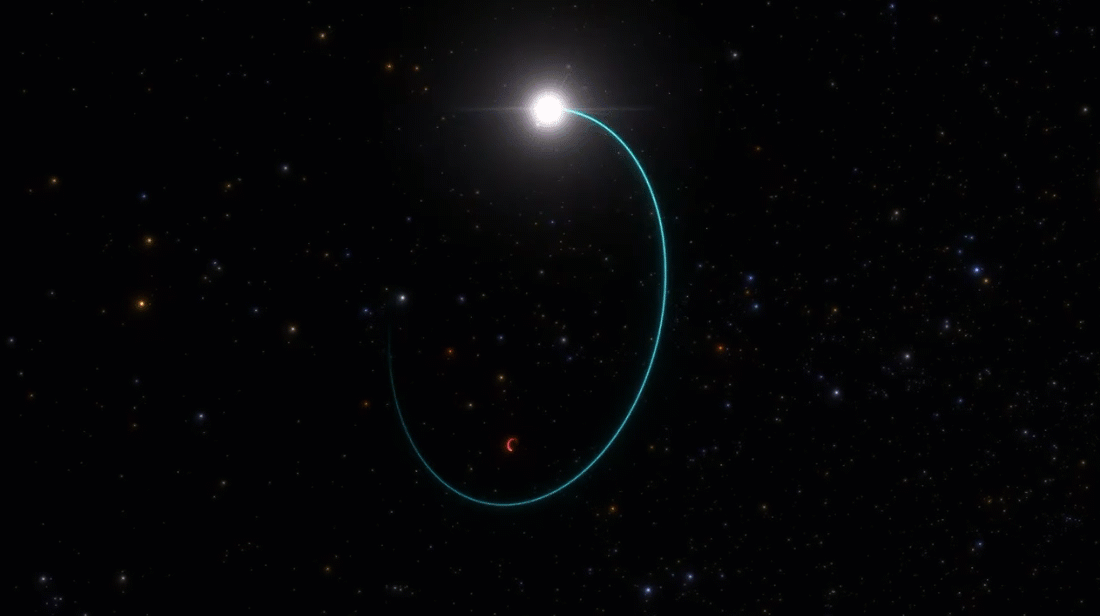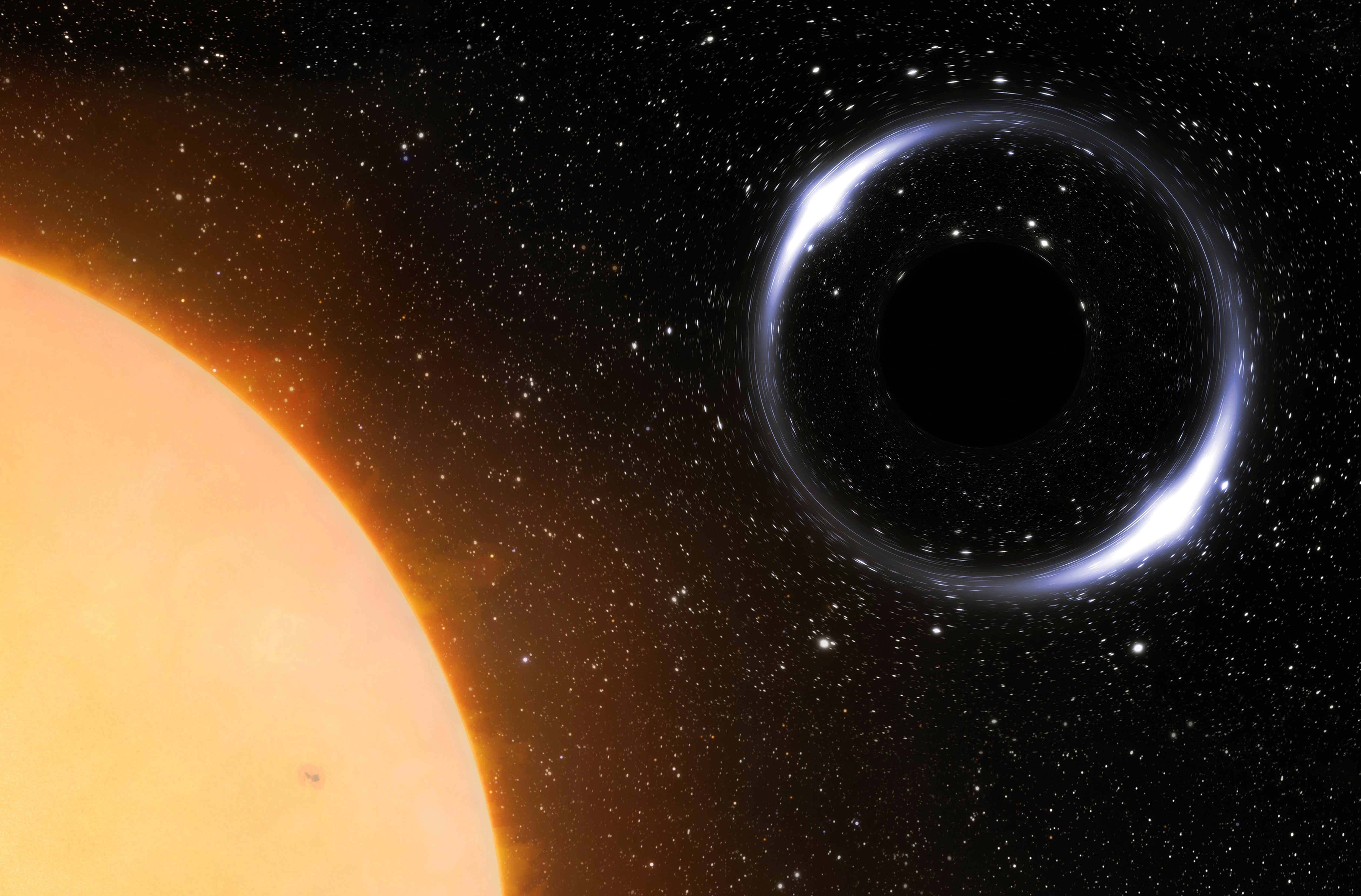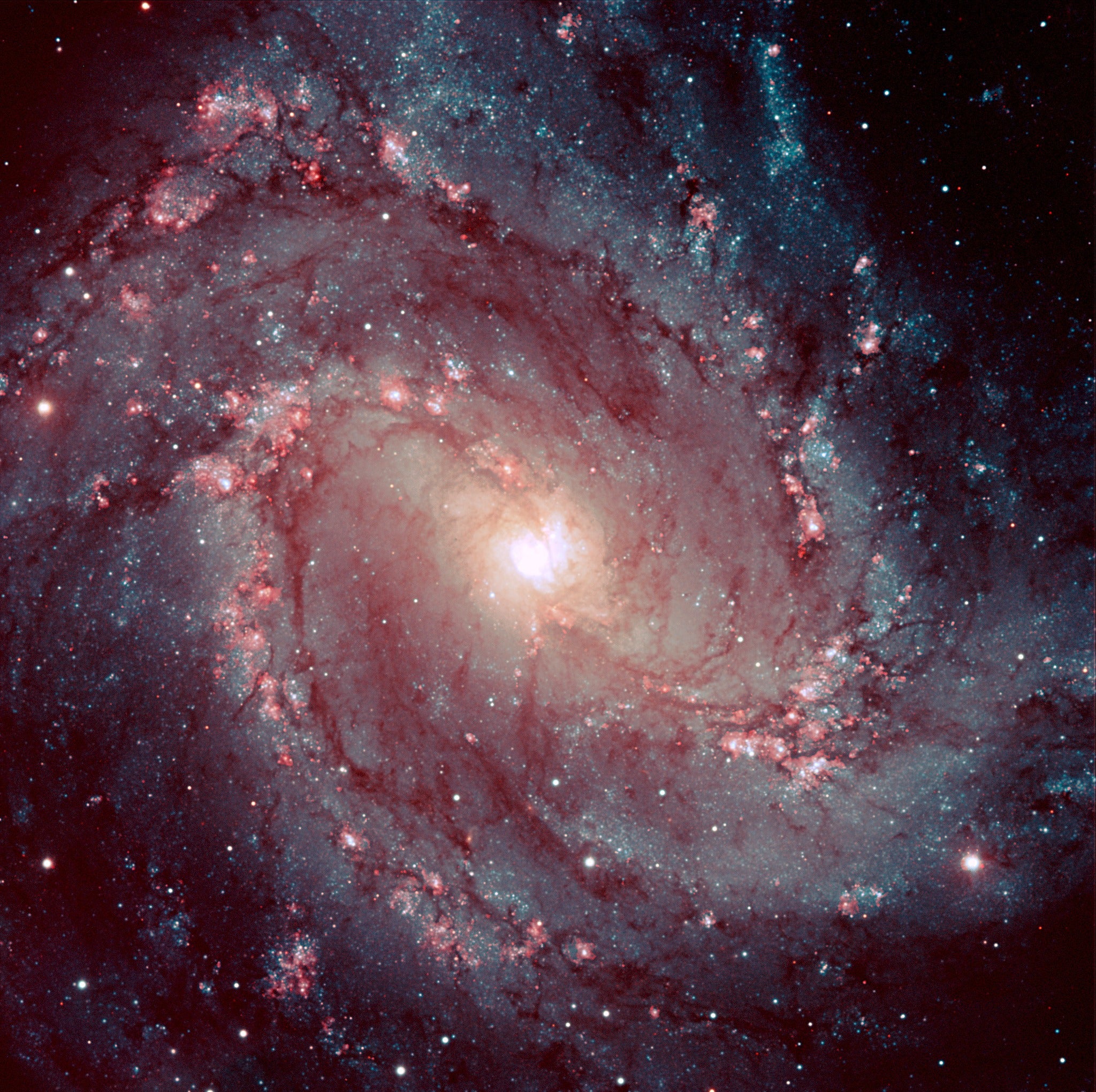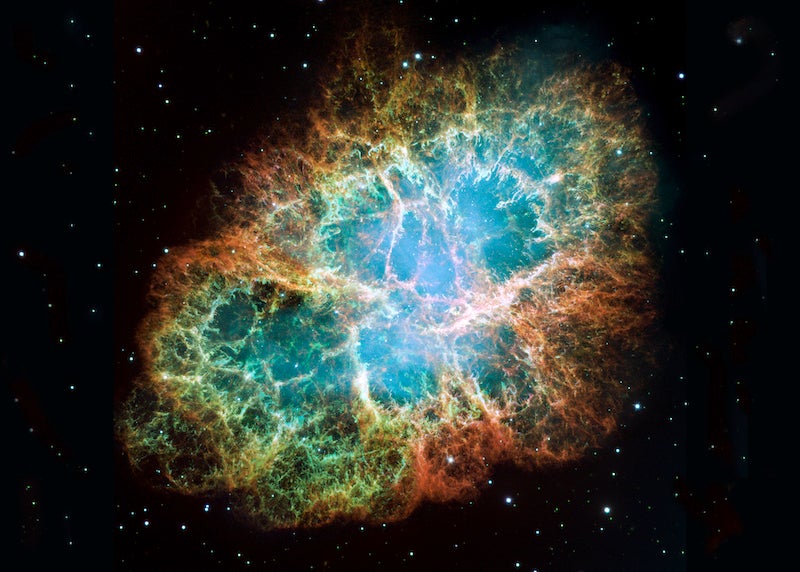Gaia’s main goal is to create a highly accurate 3-D map of our Milky Way Galaxy by repeatedly observing a billion stars to determine their precise positions in space and their motions through it. Other measurements will assess the vital physical properties of each star, including its temperature, luminosity, and composition. The resulting census will allow astronomers to determine the origin and the evolution of our galaxy.
Gaia also will uncover tens of thousands of previously unseen objects, including asteroids in our solar system, planets around nearby stars, and exploding stars — supernovae — in other galaxies.
“Gaia will be ESA’s discovery machine,” said Alvaro Giménez from ESA. “It will tell us what our home galaxy is made of and how it was put together in greater detail than ever before, putting Europe at the forefront of precision astronomy.
“Gaia builds on the technical and scientific heritage of ESA’s star-mapping Hipparcos mission, reflecting the continued expertise of the space industry and the scientific community across Europe.
“It’s extremely rewarding to see the next generation of our high-precision observatories built and ready to answer fundamental questions about the cosmos.”
Gaia will be launched later in 2013 on an Arianespace Soyuz rocket from Europe’s Spaceport in Kourou, French Guiana, and will map the stars from an orbit around the Sun, near a location some 0.9 million miles (1.5 million km) beyond Earth’s orbit known as the second Lagrangian point.
During its five-year mission, the spacecraft will spin slowly, sweeping its two telescopes equipped with the largest digital camera ever flown in space — with nearly a billion pixels — across the entire sky. Gaia will measure a billion stars, roughly 1percent of all the stars spread across the Milky Way.
As Gaia moves around the Sun, it will repeatedly measure the position of each star, allowing it to determine the distance through a perspective effect known as parallax.
Combined with the other measurements, these data will equip astronomers with the information they need to reconstruct the history of the Milky Way.
The mission also will discover new asteroids in our own solar system and planets orbiting around other stars.
Gaia should even be able probe the distribution of dark matter, the invisible substance that is detected only through its gravitational influence on celestial objects.
It will test Einstein’s general theory of relativity by watching how light is deflected by massive objects like the Sun and its planets, as well as other stars.

